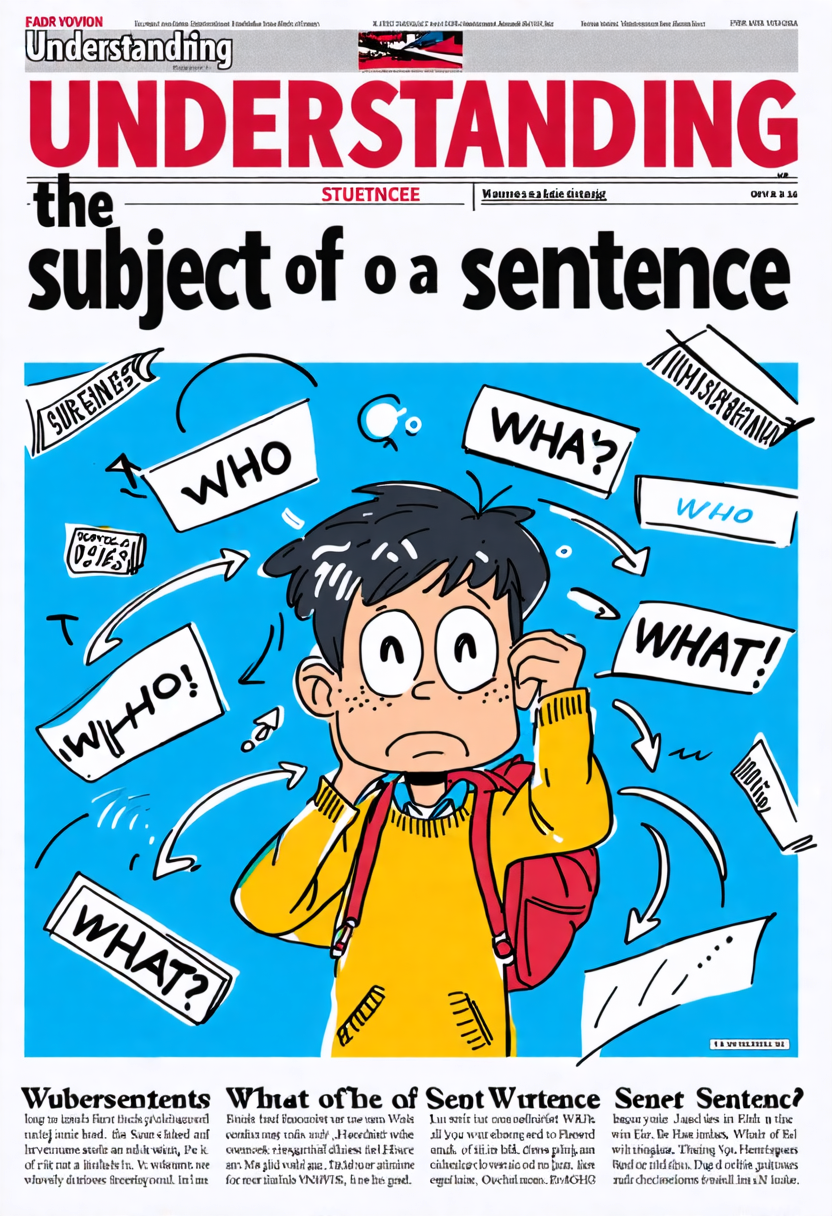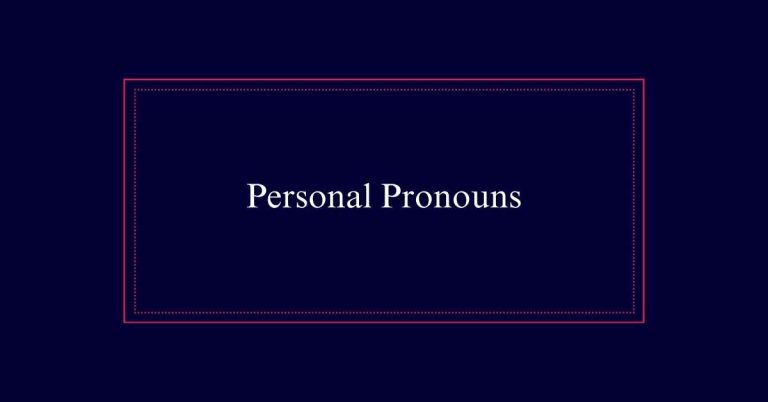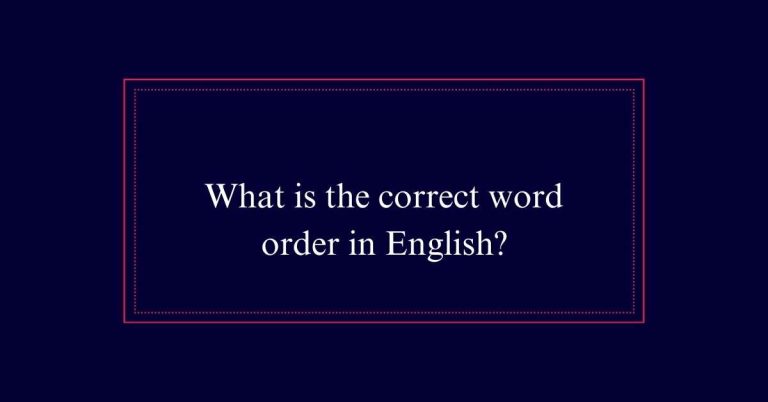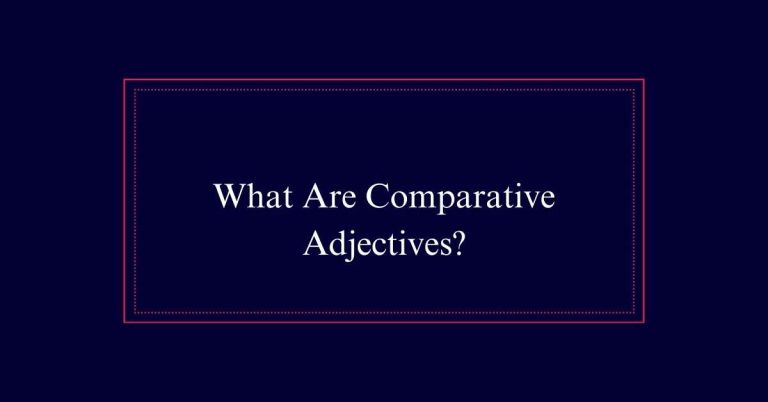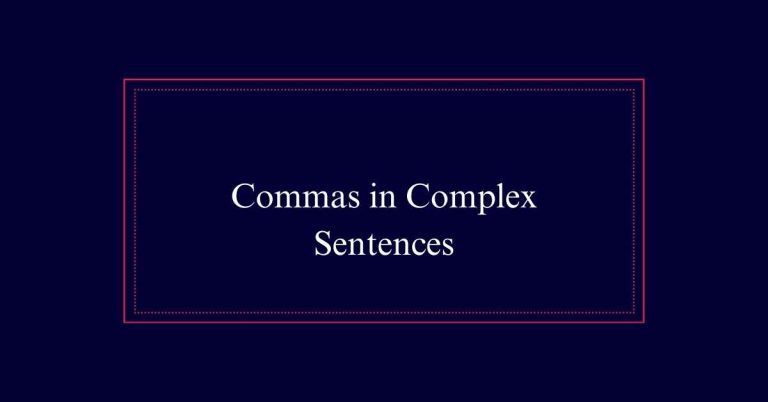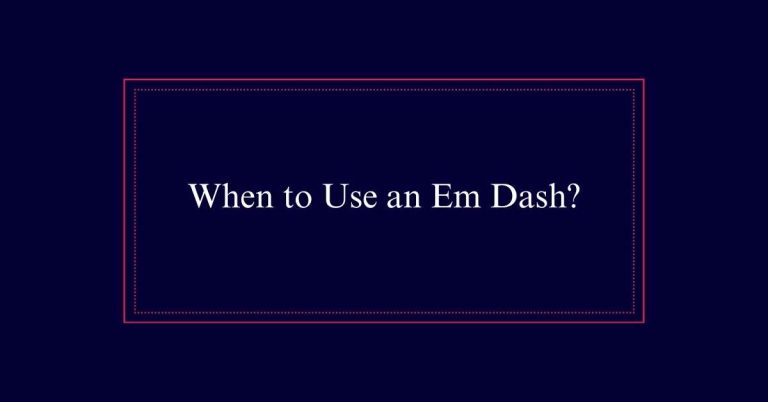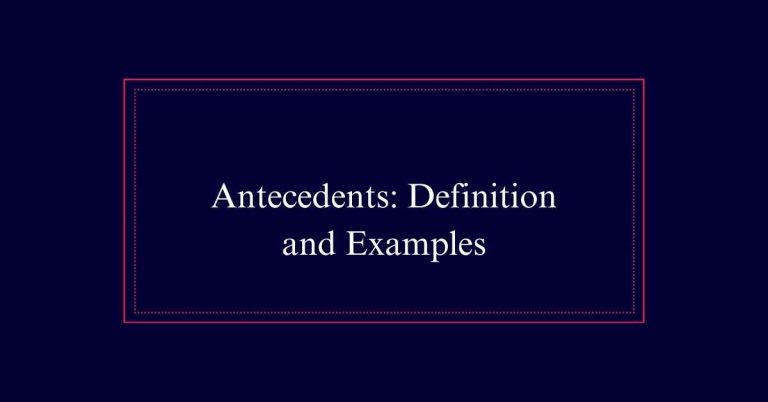Understanding the Subject of a Sentence
Understanding the subject of a sentence is vital for clear writing. The subject, often a noun or pronoun, is what the sentence is about. It works with the predicate, which includes the verb and provides information about the subject’s actions or state. Simple subjects are the main words, while complete subjects include modifiers.
Identifying the subject correctly guarantees subject-verb agreement, aiding grammatical accuracy. Understanding the role of direct and indirect objects can also enrich sentence meaning.
Basic Parts of a Sentence
A sentence is fundamentally composed of two basic parts: the subject and the predicate. The subject is who or what the sentence is about. The predicate tells something about the subject and always includes a verb. The verb is vital as it expresses the action or state of being.
Predicates can also contain direct objects, which receive the action, and indirect objects, which are affected by the action. Understanding these components allows for clear and effective communication.
For example, in ‘The cat chased the mouse,’ ‘The cat’ is the subject, and ‘chased the mouse’ is the predicate.
Defining the Subject
The subject of a sentence identifies who or what the sentence is about. It can be a noun, pronoun, or phrase. Understanding subjects helps in constructing clear sentences. Subjects are essential for subject-verb agreement, making sure verbs match the subject in number and person. This agreement makes writing clearer and reduces misunderstandings.
| Subject Type | Description |
|---|---|
| Simple Subject | Single word without modifiers |
| Complete Subject | Simple subject with modifiers |
| Compound Subject | Two or more subjects joined by a conjunction |
| Example | ‘The cat,’ ‘The big brown cat,’ ‘John and Mary’ |
Identifying the subject is important for understanding sentence structure. Subjects can perform actions or receive them, especially in passive voice.
Understanding the Predicate
In a sentence, the predicate provides information about the subject, primarily through verbs and additional details. It tells what the subject does or describes the subject’s state of being.
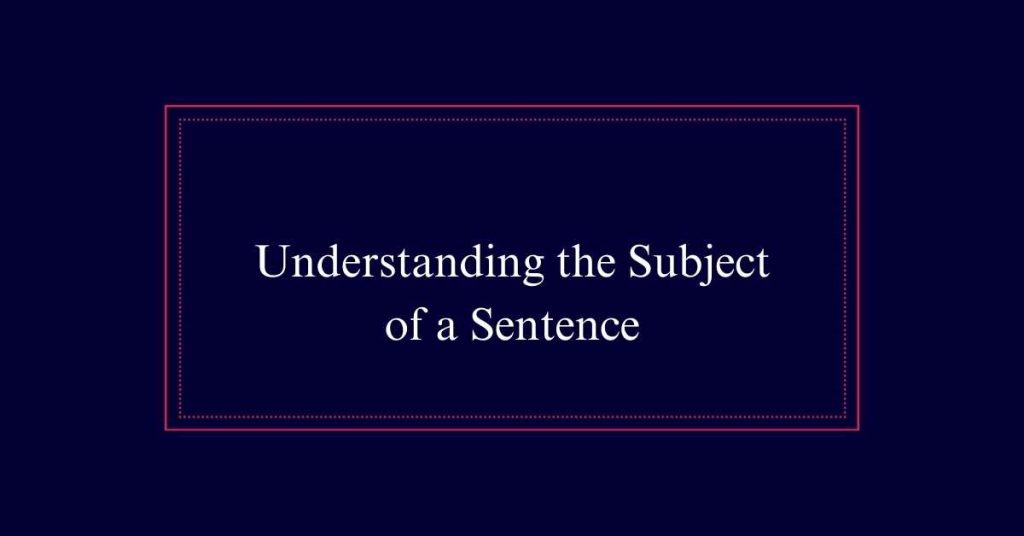
The predicate always contains a verb and can include objects, complements, or modifiers. For example, in the sentence ‘The cat slept on the mat,’ ‘slept on the mat’ is the predicate. It explains what the subject (the cat) did. Predicates can be simple or complex.
A simple predicate includes just the verb, while a complete predicate includes the verb and all accompanying details. Understanding predicates is essential for constructing clear and complete sentences.
Role of Direct Objects
Direct objects receive the action performed by the subject in a sentence. They are important for providing clarity and detail.
The direct object answers the question ‘what?’ or ‘whom?’ For example, in the sentence ‘She reads a book,’ the direct object is ‘book.’ It tells us what she reads.
Identifying the direct object helps in understanding the action more completely. The direct object is typically a noun or pronoun. It follows the verb and is directly impacted by the action.
Role of Indirect Objects
Indirect objects add depth to a sentence by indicating to whom or for whom the action is performed. They usually follow the verb and come before the direct object.
For example, in the sentence ‘She gave her friend a gift,’ ‘her friend’ is the indirect object. It specifies who receives the direct object, ‘a gift.’
The presence of an indirect object can provide clarity and specificity. It helps the reader understand the full context of the action. Not all sentences need an indirect object, but when included, it enriches the information conveyed.
Simple Subject
A simple subject is the main noun or pronoun that the sentence is about, without any modifiers. It is the core element that the sentence revolves around, providing clarity and focus. Understanding the simple subject is vital for constructing clear and concise sentences.
Here are three key points to remember:
- Identification: The simple subject is usually found at the beginning of the sentence.
- Essentiality: It forms the foundation of sentence structure, ensuring the message is conveyed accurately.
- Simplicity: It excludes any adjectives or additional information, focusing solely on the primary noun or pronoun.
For example, in the sentence ‘Mahmoud is writing,’ ‘Mahmoud’ is the simple subject.
Complete Subject
How does one identify the complete subject in a sentence? The complete subject includes the simple subject and all its modifiers. It answers who or what the sentence is about, giving more detail to the simple subject.
Consider the following examples:
| Sentence | Complete Subject |
|---|---|
| The tall, green tree swayed in the wind. | The tall, green tree |
| My hardworking, dedicated teacher assigned homework. | My hardworking, dedicated teacher |
| The curious cat watched the birds intently. | The curious cat |
| An old, rusty car was parked outside. | An old, rusty car |
Compound Subject
In addition to complete subjects, understanding compound subjects is essential for grasping sentence structures. A compound subject consists of two or more subjects that share the same verb. These subjects are usually connected by conjunctions such as ‘and’ or ‘or.’
Recognizing compound subjects can enhance your sentence variety and complexity.
Here are three key points about compound subjects:
- Coordination: Compound subjects often use coordinating conjunctions like ‘and’ or ‘or’ to link multiple subjects.
- Verb Agreement: The verb agrees with the compound subject as a whole, usually in plural form if the subjects are plural.
- Complexity: Using compound subjects can make your writing more dynamic by combining related ideas into a single sentence.
Subject in Passive Voice
The subject in passive voice often receives the action rather than performing it. In passive sentences, the focus shifts from the doer to the receiver of the action.
For example, in ‘The cake was baked by Sarah,’ ‘the cake’ is the subject that receives the action of baking. This contrasts with active voice, where the subject performs the action, like in ‘Sarah baked the cake.’
Passive voice is useful when the doer is unknown or irrelevant. It emphasizes the action’s impact on the subject. Understanding this helps in constructing sentences for clarity and emphasis.
Subject-Verb Agreement
Proper subject-verb agreement guarantees that sentences are grammatically correct and easy to understand. This principle means that the verb must match the subject in number (singular or plural) and person (first, second, or third).
Misalignment can lead to confusing or incorrect sentences. To maintain proper agreement:
- Singular subjects take singular verbs: ‘The cat runs fast.’
- Plural subjects take plural verbs: ‘The cats run fast.’
- Compound subjects: When subjects are combined with ‘and,’ use a plural verb unless they are considered a single entity, as in ‘Bread and butter is my favorite snack.’
